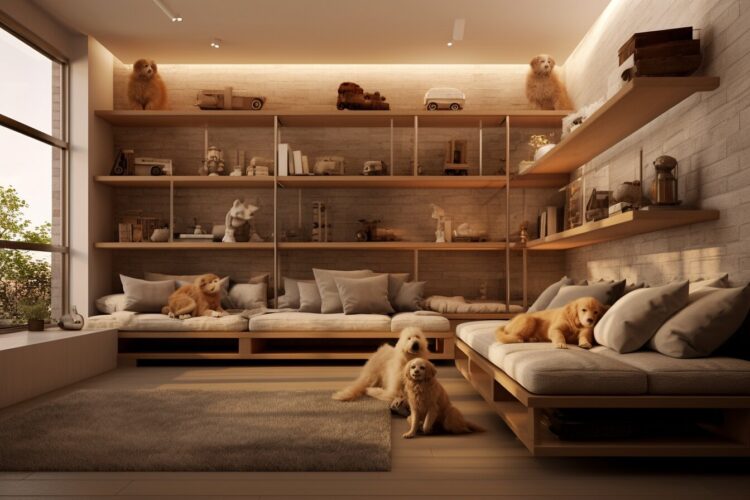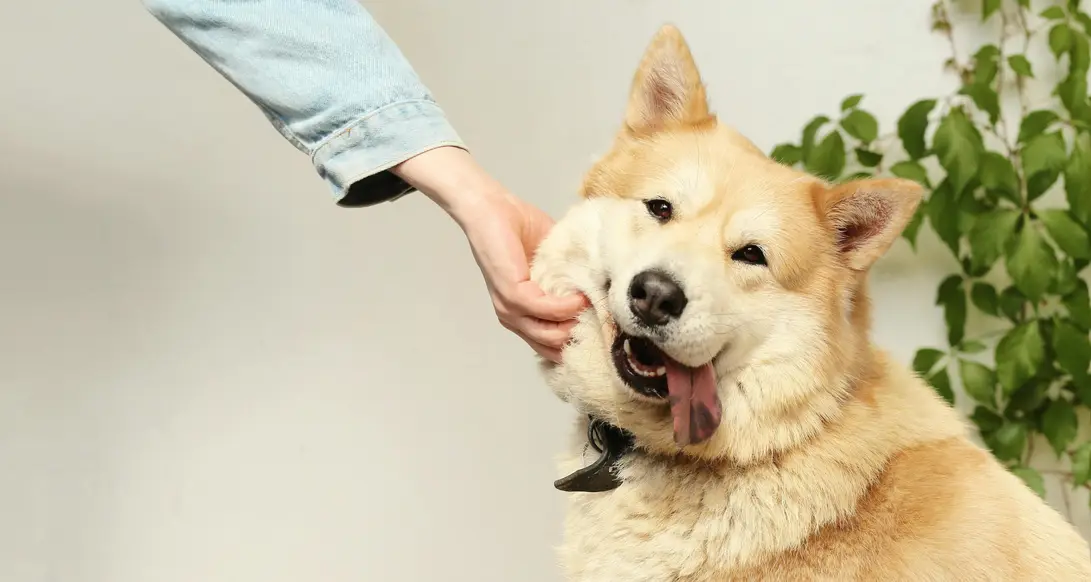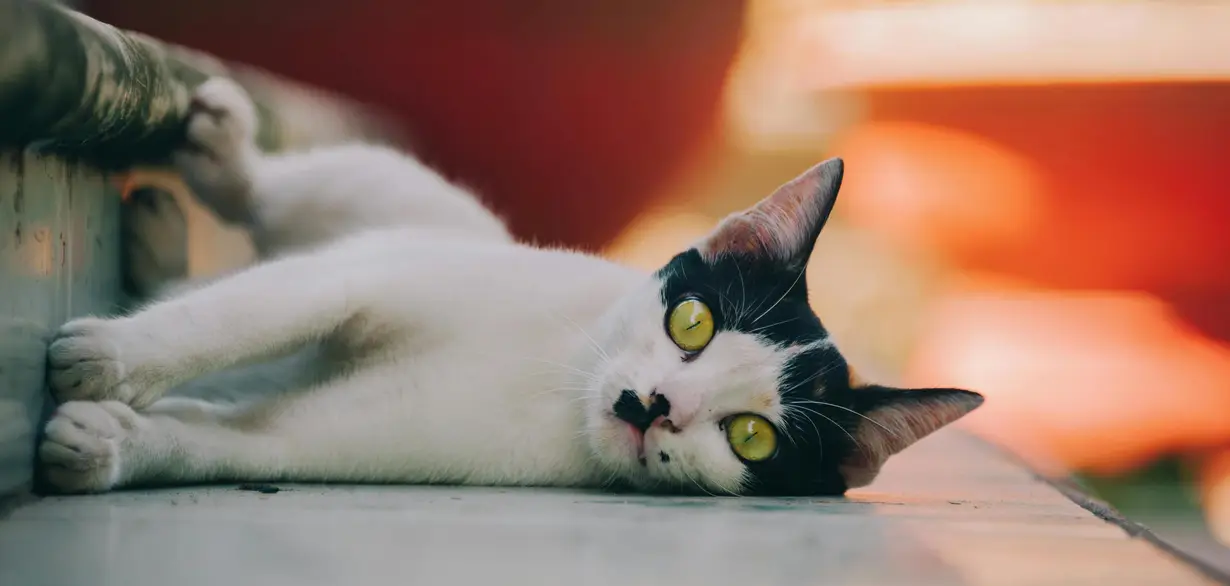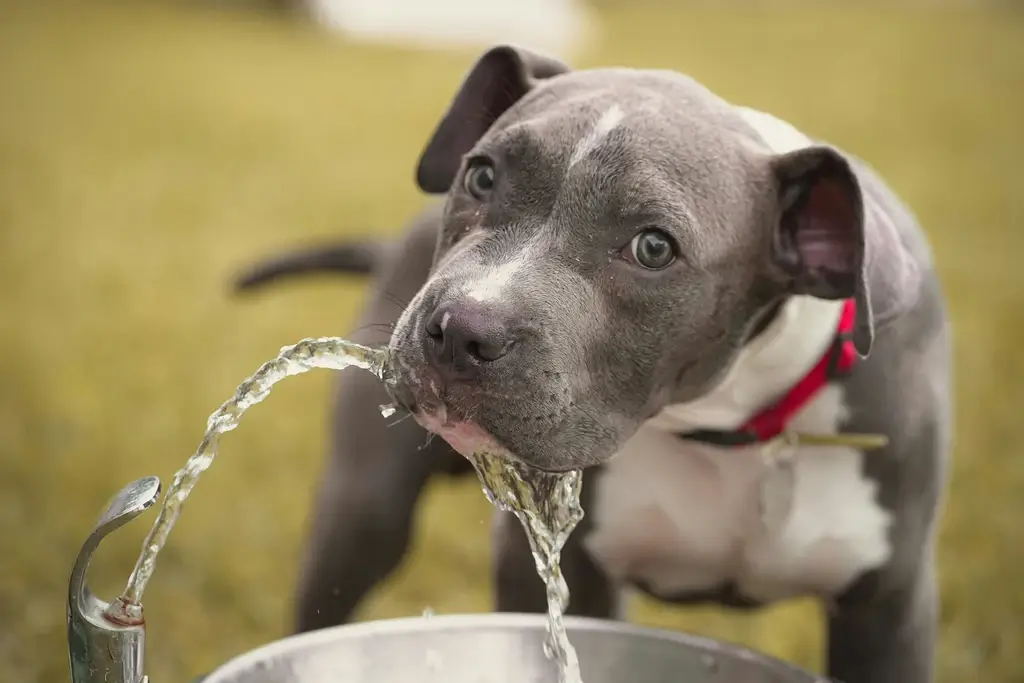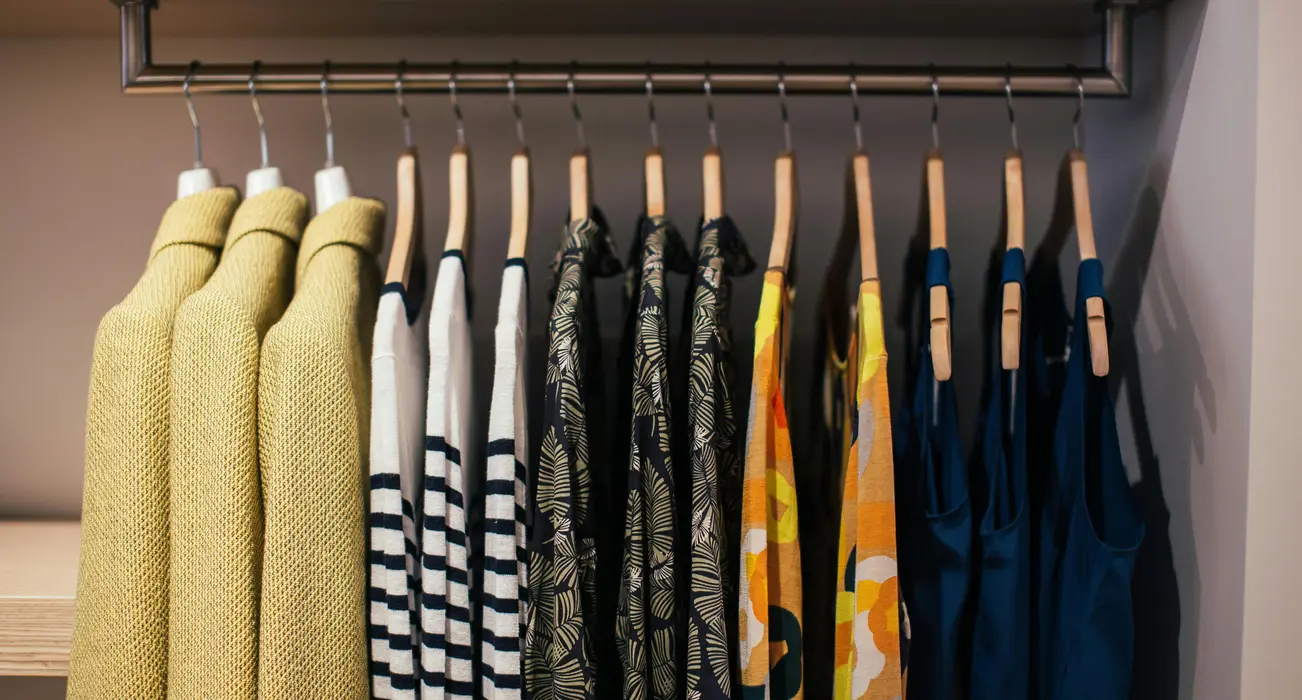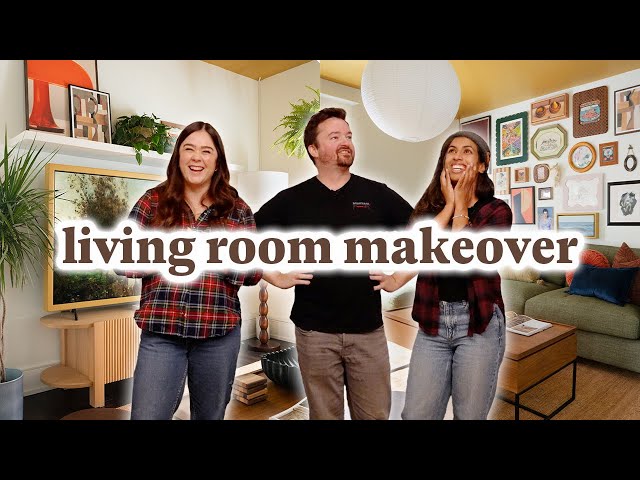Introduction:
Welcome to the world of pet-friendly home design! If you are a proud pet owner, you know how important it is to create a safe and comfortable environment for your furry friend. In this article, we will explore some practical tips and ideas on how to incorporate pet-friendly design elements into your home.
Flooring:
When it comes to pet-friendly flooring, durability is key. Opt for materials that are scratch resistant, such as hardwood, ceramic tile, or vinyl. Avoid carpeting, as it can trap pet hair and be difficult to clean. If you prefer the cozy feeling of carpet, choose a stain-resistant option and consider area rugs that can be easily washed or replaced.
Furniture:
Choosing pet-friendly furniture is essential to accommodate your furry companion’s needs. Look for fabrics that are easy to clean and resist pet hair and stains, such as leather or microfiber. Avoid delicate or light-colored fabrics, as they can show wear and tear more easily. Additionally, consider furniture with removable covers or cushions that can be easily washed or replaced.
Storage:
One of the key aspects of pet-friendly home design is ample storage. Having designated spaces for your pet’s belongings, such as toys, food, and grooming supplies, can help keep your home organized and minimize clutter. Consider incorporating built-in cabinets, shelves, or even a dedicated pet station with hooks for leashes and a storage area for food and treats.
Window Treatments:
When selecting window treatments, keep in mind your pet’s safety and comfort. Avoid long curtains or blinds with cords that your pet may get tangled in. Instead, opt for cordless blinds, shutters, or window film. These options not only provide privacy but also eliminate potential hazards for your curious companion.
Outdoor Space:
Creating a pet-friendly outdoor space is just as important as the interior design. Ensure that your yard is securely fenced to prevent your pet from wandering off. Consider incorporating pet-friendly landscaping by choosing plants that are non-toxic to pets and avoiding thorny or prickly varieties. Additionally, provide shade, water, and comfortable seating for both you and your pet to enjoy the outdoors together.
Safety Measures:
Lastly, don’t forget to implement safety measures throughout your home. Secure electrical cords, cover outlets, and use baby gates to restrict access to certain areas. Store household cleaners and chemicals out of reach, and keep potential hazards like toxic plants or small objects away from your curious pet.
Conclusion:
Designing a pet-friendly home can be a fun and rewarding experience. By considering your pet’s needs and incorporating safety and comfort into your design choices, you can create a space that both you and your furry friend will love. Happy designing!

